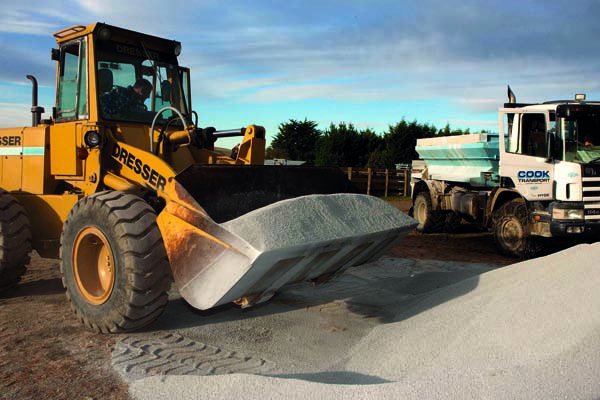Ballance Agri-Nutrients general manager of sales Jason Minkhorst said both fuel prices and fertiliser will increase as a result of the conflict. Photo: file
Russia’s invasion of Ukraine has led to another spike in global fertiliser prices, with prices expected to remain high due to sanctions and disruption caused by the conflict.
Russia is a major exporter of fertiliser, globally accounting for 46% of ammonium nitrate, 23% of ammonia, 15% of urea, 14% of MAP and combined with ally Belarus, accounts for 40% of potash exports.
Ballance Agri-Nutrients general manager of sales Jason Minkhorst said both fuel prices and fertiliser will increase as a result of the conflict.
Ballance’s focus had been on ensuring there was enough fertiliser supply for autumn, particularly as meat companies face ongoing delays to process animals.
This could lead to farmers having to keep animals longer on their farm than anticipated.
“And we do have enough product for the coming autumn. The timing of this isn’t great. Just as we saw fertiliser prices start to drop, the Ukraine crisis unfortunately has seen prices rebound,” Minkhorst said.
This is because Russia was one of the world’s largest exporters of fertiliser, as well as a major supplier of energy for Europe. This directly affected nitrogen supplies.
Belarus was also being hit by sanctions because of its support for Russia, he said.
Making N also required a lot of energy, this combined with the already high prices caused by covid disruption and the food commodity boom.
“This has come on top of it. The timing is wickedly bad,” he said.
Just in the past week, global urea prices have risen US$150, which was nearly 20%.
“Ballance does not expect to be impacted in the short to medium-term because it doesn’t source materials from Russia, Belarus or Ukraine. However, we’re watching the knock-on impact very closely,” he said.
What it means for spring was the big unknown.
“While we deeply hope that the conflict ends quickly, the sanctions might last longer and how long those sanctions last for will determine how long this disruption and adverse impact lasts for,” he said.
Ravensdown general manager of supply chain Mike Whitty said the next four to eight weeks would show more clearly the impact that the conflict will have on fertiliser supply and prices.
He said Ravensdown had not sourced any of its products from Russia or Ukraine since last year.
“As a co-operative Ravensdown’s ability to insulate shareholder farmers from the worst of this global buffeting is because it has pursued a strategy of enduring supplier relationships, a bulk shipping joint venture and a strong stock position,” Whitty said.
Ravensdown was ordering products late last year for the coming spring and all of its autumn purchases are either in store or on the water.
“Currently there are no expected issues around supply going through the autumn and into winter. Strong stock positions mean Ravensdown has been able to hold the superphosphate price through to May 31,” he said.
Rabobank senior agriculture analyst Wes Lefroy said there was much uncertainty around the situation with fertiliser prices.
“Russia’s invasion of Ukraine has put a major dent in the likelihood of local urea prices significantly declining ahead of the autumn and spring application period,” Lefroy said in the bank’s Agribusiness Monthly publication for March.
“We now expect global urea prices to increase to levels just below the November peak for the next couple of months before tapering once again by mid-year.”










